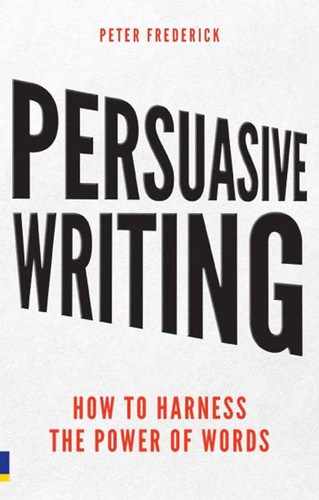Introduction
If you write something for someone else to read, the chances are you are doing it to get a result. In other words, you want to persuade the reader to do what you want. This applies equally to a range of documents, such as emails, CVs, reports, advertising and recruitment ads.
Most of my time is spent training writers how to win funding for industrial research. This intensely competitive process gives you one shot at winning a grant, with no right to reply. I have spent the last ten years developing practical persuasive techniques, proving them on multi-million-pound grant applications and teaching them to bid writers across Europe. More recently, I’ve successfully applied these techniques to other areas of life and business, such as CVs, business reviews, sales documents and charity bids.
This book began as a more useful alternative to course notes (you know, like the pile of slide printouts you have tucked away in a drawer somewhere, never to be read again). As such, it doesn’t include lots of musings, anecdotes or long-winded analogies. Instead it concentrates on the practical application of persuasive writing techniques, illustrated with real-world examples.
Persuasive writing is the art of understanding what you want, why someone else would give it to you and then asking them in the most efficient and effective way. This book brings together the most useful insights from concise writing techniques and decision theory to help you do just that. You will learn how to:
- Understand why you are writing, who you are writing for and what response you need from them to get what you want.
- Use reason, logic and emotion to persuade your reader and learn how to tell stories to your audience, even in business documents.
- Understand why we make illogical decisions and how to use these errors of reasoning to your best advantage.
- Cut the fat from your writing and create punchy, effective text by using a proven seven-step process.
- Use verbs to give energy to your writing.
- Avoid common mistakes including spelling, punctuation and poor word choice.
- Plan and structure your writing to simplify the writing process and increase readability.
- Improve the look and feel of your document through font choice, bullets, headings and graphics.
- Master common document types including emails, web pages, CVs and grant bids.
- Master the dark arts of persuasion to manipulate your reader and secure your aims when all else fails.
Whether it’s for business or pleasure; whether you’re writing the longest report or the shortest email; if you write anything hoping to get a result, this book is for you.
